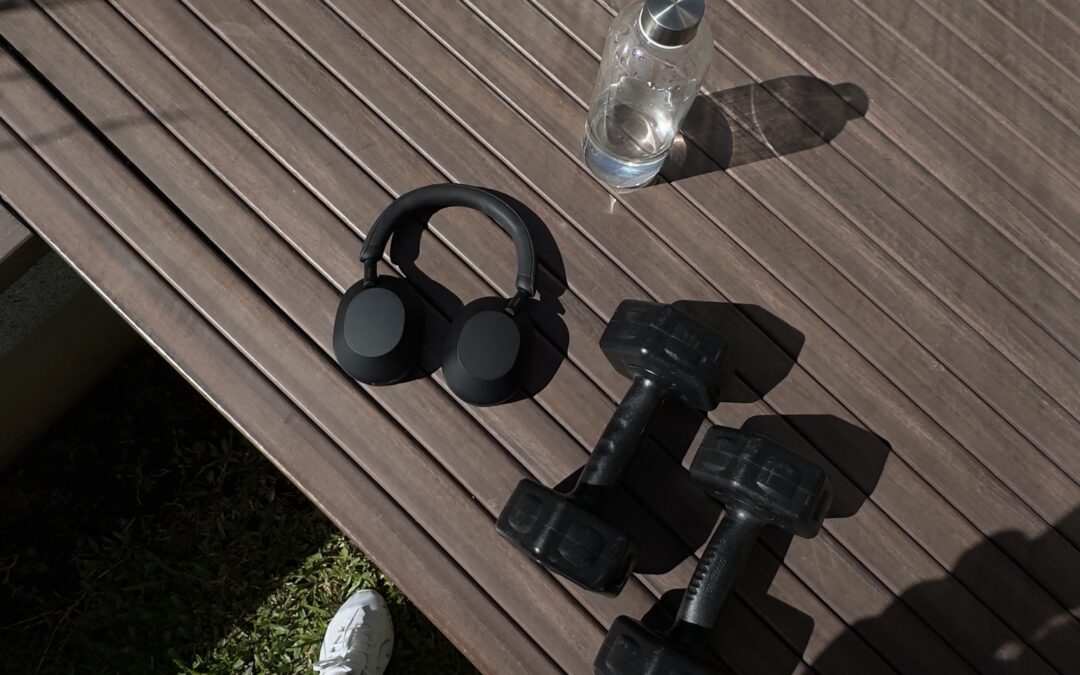Cycle syncing, a practice that is rapidly gaining popularity.
What exactly is it? Cycle syncing encourages women to connect with their bodies on a deeper level. It helps us to optimize the way we run our lives based on our menstrual cycle. In our busy everyday lives we often overlook the innate wisdom of our bodies. As women, we possess a unique biological rhythm that influences our physical, emotional, and mental well-being. Cycle syncing helps us to recognize this rhythm and harness it to its fullest power.
As we talked about in the previous blog, our menstrual cycle typically lasts 28 days. Through these 28 days we go through hormonal fluctuations that are controlled by four different phases: menstruation, follicular phase, ovulation, and luteal phase. Cycle syncing involves adjusting certain as pects of our lives to align with the hormonal changes we experience during each phase. By embracing this approach, we can optimize productivity, energy levels, and overall well-being throughout the month.
Menstruation
Typically considered days 1-6 of your cycle. Women’s hormone expert and author of In the Flow, Alisa Vitti calls the menstrual phase of our cycle the rest phase. During this time your hormone levels are at their lowest so it is important to increase your intake of proteins and healthy fats. Traditional Chinese medicine considers this phase to be the coldest part of our cycle. So it is important to have lots of warm foods during this time.
Foods for menstruation
- Wild rice
- Mushrooms
- Beets
- Blueberries
- Pork
- Crab
- Pumpkin seeds
Follicular Phase
The follicular phase typically lasts around 7-10 days. This phase begins as soon as your bleeding from menstruation ends. Alisa Vitti calls this phase, prepare. The follicular phase can be looked at as a new beginning and it is a good time to incorporate some light and fresh foods. It’s important to remember that the foods you eat during your follicular phase set the stage for ovulation!
Foods for your follicular phase
- Oats
- Romaine lettuce
- Carrots
- Grapefruit
- Lemon
- Pumpkin seeds
- Chicken
- Trout
- Sauerkraut
Ovulation
Ovulation will usually occur around days 13-15 of our cycle. Our energy levels are usually higher during ovulation which correlates with an increase in sex drive. Traditional Chinese medicine considers ovulation to be the hot phase of our cycle due to the change in body temperature from ovulation. It is good to include lots of raw foods, veggies, and fruit for their cooling effect.
What to eat during ovulation
- Quinoa
- Red bell pepper
- Asparagus
- Strawberries
- Almonds
- Lamb
- Salmon
- Chocolate
Luteal Phase
The luteal phase is the last part of your cycle before you begin menstruation. Typically starting around day 16 of your cycle and lasting around 10-14 days. The luteal phase is a time to wrap things up, complete any projects you were previously working on and start to turn your attention into yourself to prepare for the rest needed during menstruation. We need more calories during our luteal phase and the best way to incorporate these extra calories is with slow-burning carbs such as brown rice or sweet potatoes.
Foods for your luteal phase
- Brown rice
- Cauliflower
- Cabbage
- Apples
- Pineapple
- Chickpeas
- Sunflower seeds
- Turkey
- Halibut
Cycle syncing empowers us to harness the power of our menstrual cycles, and live in harmony with our bodies natural rhythm. By adjusting daily activities, diet, and exercise according to each phase, we can unlock our full potential and lead healthier, more fulfilling lives. Embrace the wisdom of your cycle and step into a new era of self-awareness, productivity, and well-being.
Stay Vibrant and Empowered,
-Kathryn


